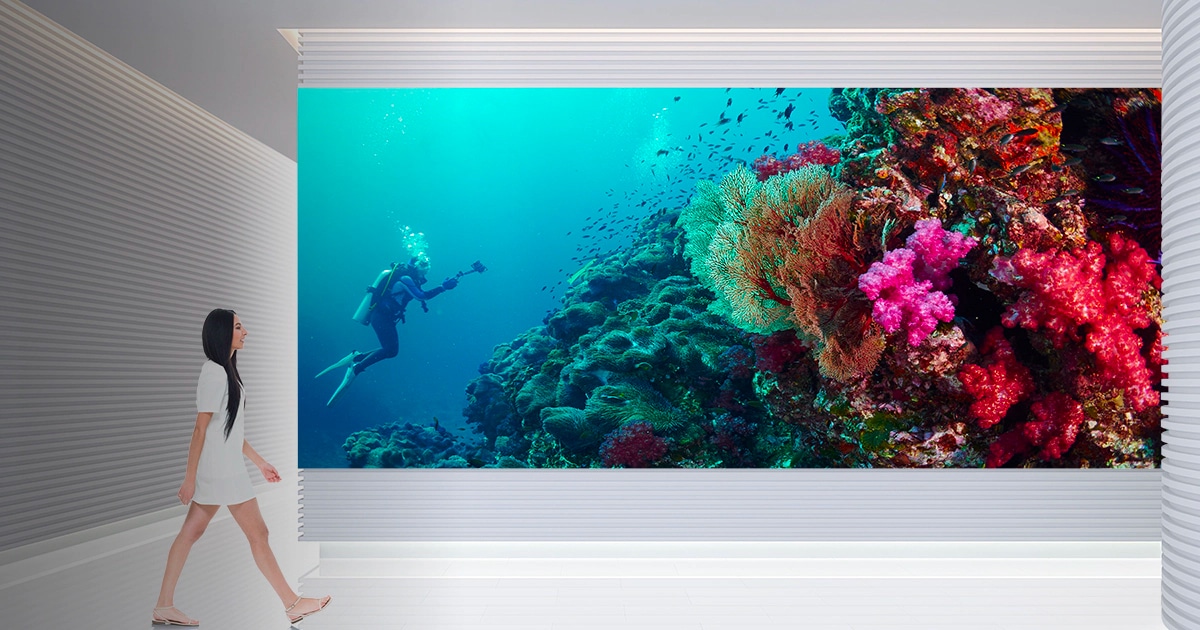Investigating the Key Elements That Influence Color Uniformity in LED Panel Screens for Optimal Display Performance
Investigating the Key Elements That Influence Color Uniformity in LED Panel Screens for Optimal Display Performance
Blog Article
Hue uniformity in light-emitting diode wall panels is essential for achieving maximum optical output. LED wall screens are widely used in various settings, including concerts, meetings, and promotional displays. When the colors on these screens are consistent, they create a more engaging and enveloping encounter for viewers. Several key factors affect color uniformity, including the quality of the LED elements, tuning procedures, and environmental conditions.
The caliber of the LED components plays a significant role in hue uniformity. Various types of LEDs emit light at varying wavelengths, which can affect the total hue result. Premium LEDs are designed to generate a more consistent light range, resulting in better color precision. Additionally, the production process of these light-emitting diodes can affect their functionality. Screens made with superior materials and technology tend to have less hue variations, ensuring that the displayed images and videos look vibrant and true to life.
Tuning is another essential element in maintaining hue consistency in light-emitting diode wall panels. Tuning entails adjusting the look here configurations of the screen to make certain that the colors shown align the intended design. This procedure can include fine-tuning luminosity, differentiation, and color balance. Frequent tuning is necessary, especially in settings where lighting factors change often. By calibrating the screens, specialists can correct any discrepancies in hue result, leading to a more uniform observing encounter.
Surrounding conditions also affect color uniformity in LED wall panels. Factors such as surrounding light, heat, and humidity can influence how colors are seen. For instance, intense surrounding light can wash out hues, making them appear less vibrant. Similarly, harsh temperatures can affect the functionality of the light-emitting diodes, leading to color changes. To reduce these issues, it is crucial to install light-emitting diode wall panels in controlled environments where illumination and heat can be controlled effectively.
Finally, the design and arrangement of the light-emitting diode wall panels can affect color consistency. The arrangement of the screens, as well as the spacing from which they are observed, can create differences in color perception. When panels are arranged too distant apart or at varied angles, audiences may notice discrepancies in hue. To obtain the best visual performance, it is important to consider the positioning and arrangement of the screens during setup. By tackling these factors, users can guarantee that their light-emitting diode wall panels provide a uniform and superior visual experience.